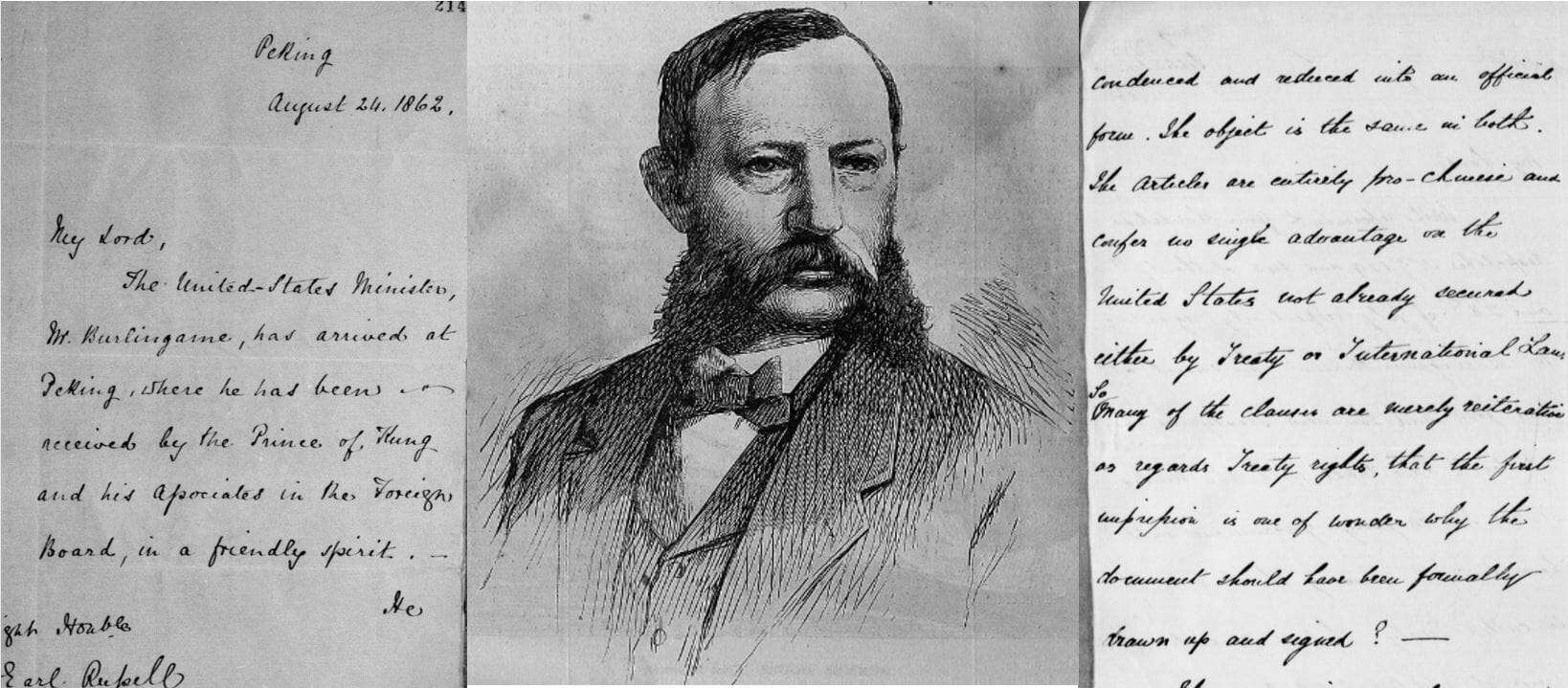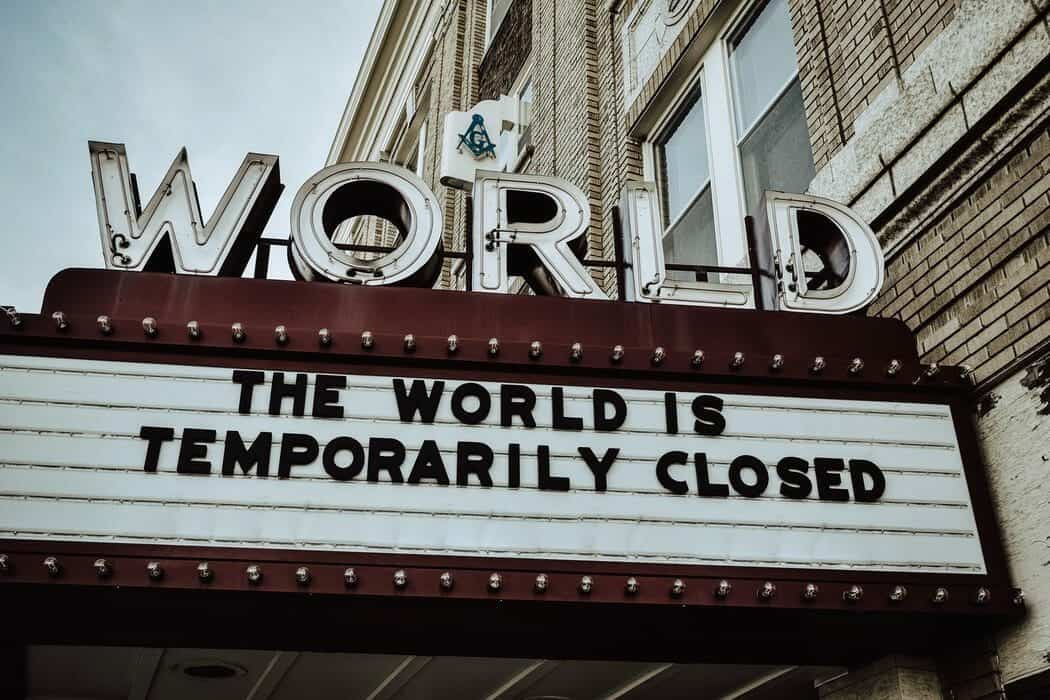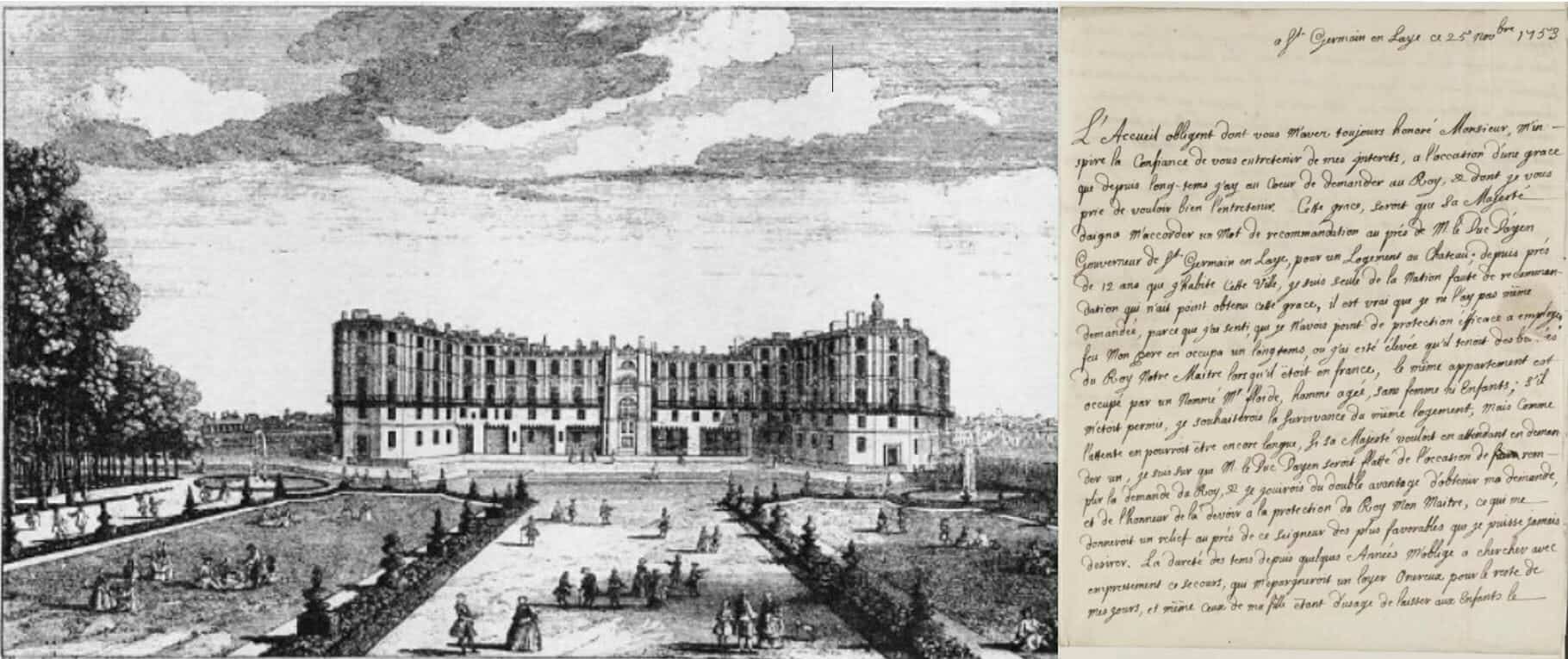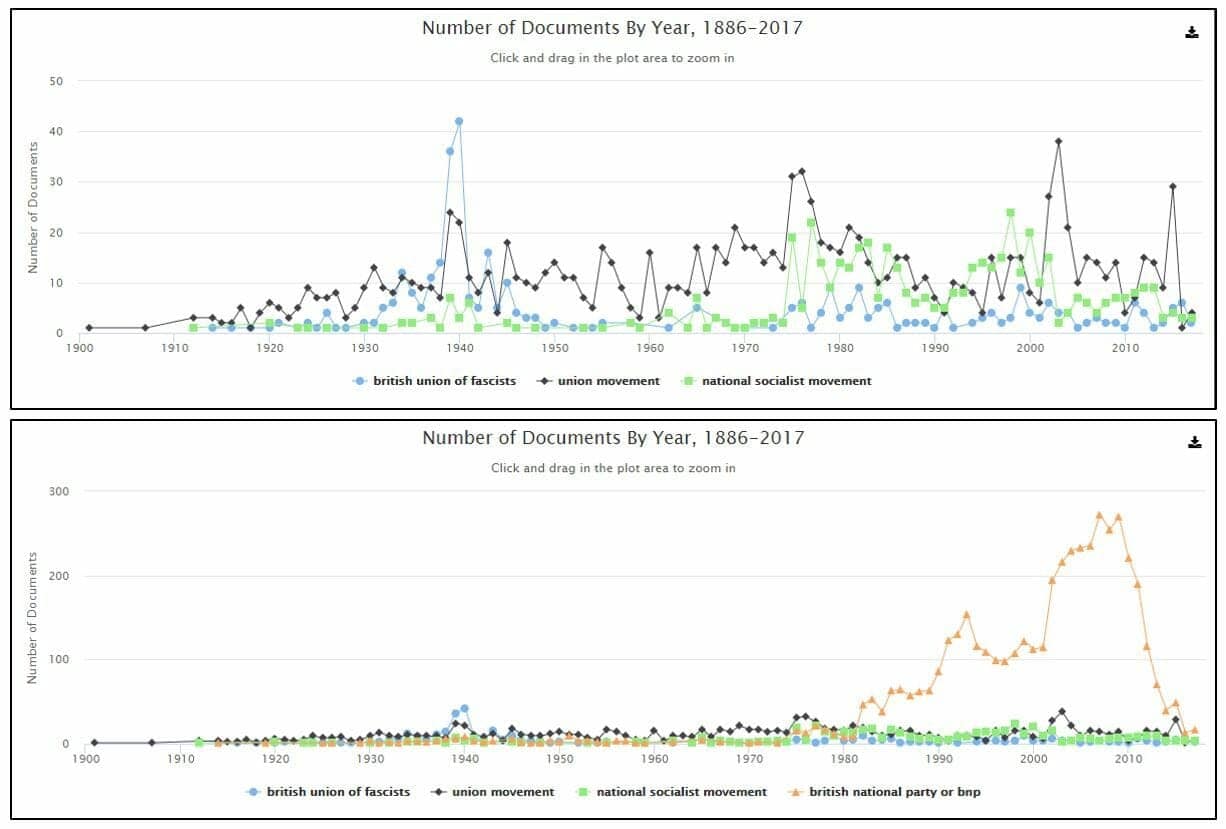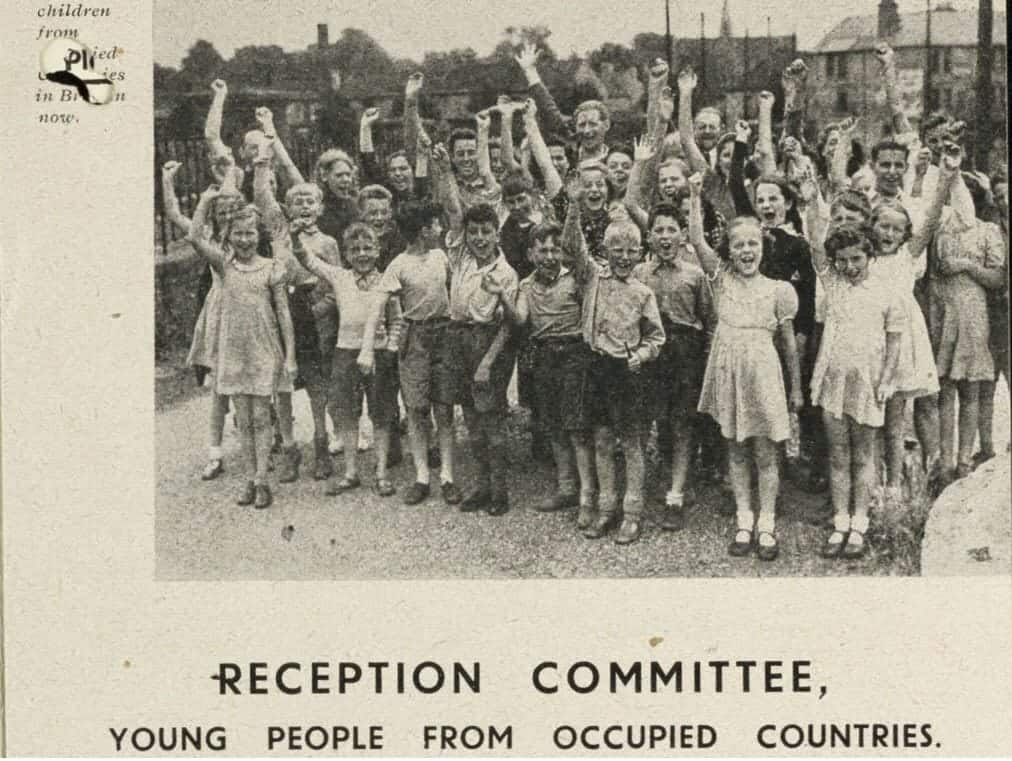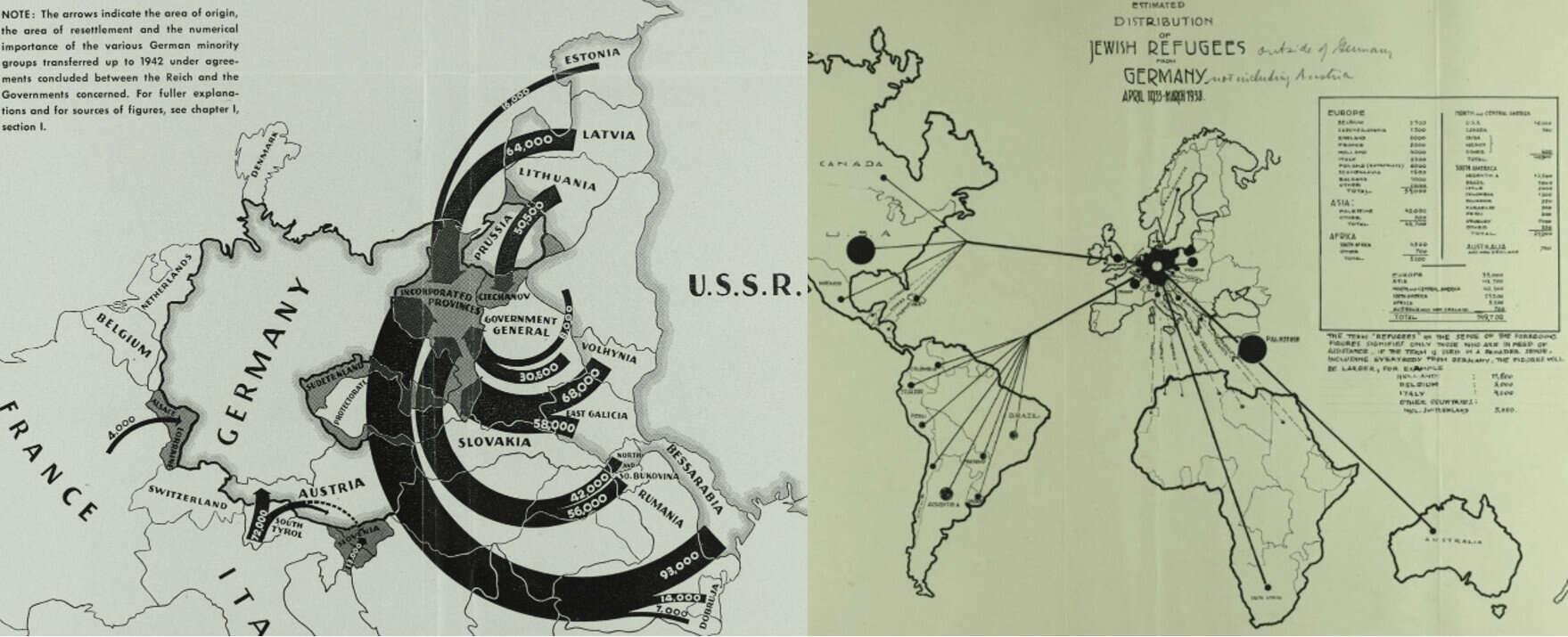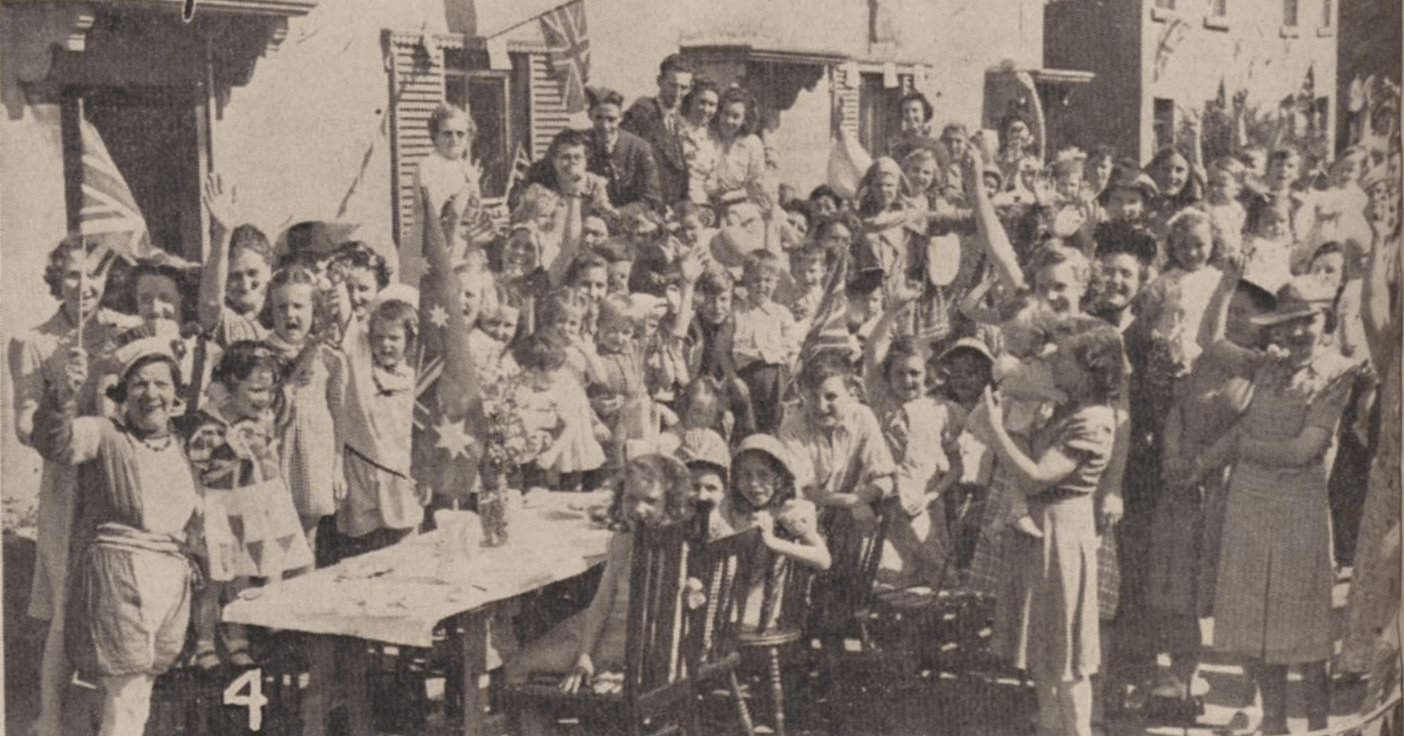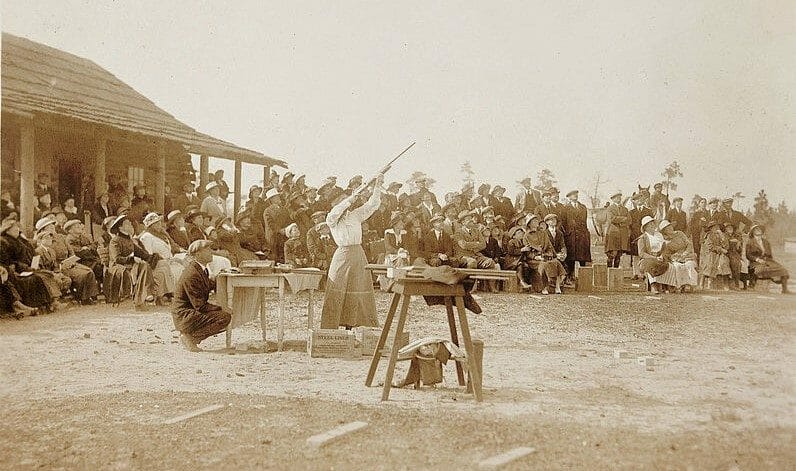│By Liping Yang, Publishing Manager, Digital Archive and eReference, Gale Asia│
US–China relations have been somewhat strained in recent years – a situation that may not be easily resolved by Joe Biden’s administration. This difficult period in the history of American and Chinese relations started when the US raised tariffs on Chinese imports, triggering China to impose retaliatory tariffs on US products. This trade conflict later escalated into a confrontation on many fronts, including technology. Many people have been racking their brains about how to ease the tensions. We can draw inspiration from the past by examining interesting historical records which show positive diplomatic relations between the two nations. Many such records are included in Gale’s digital archive collection China and the Modern World: Imperial China and the West Part 1, 1815-1881.

